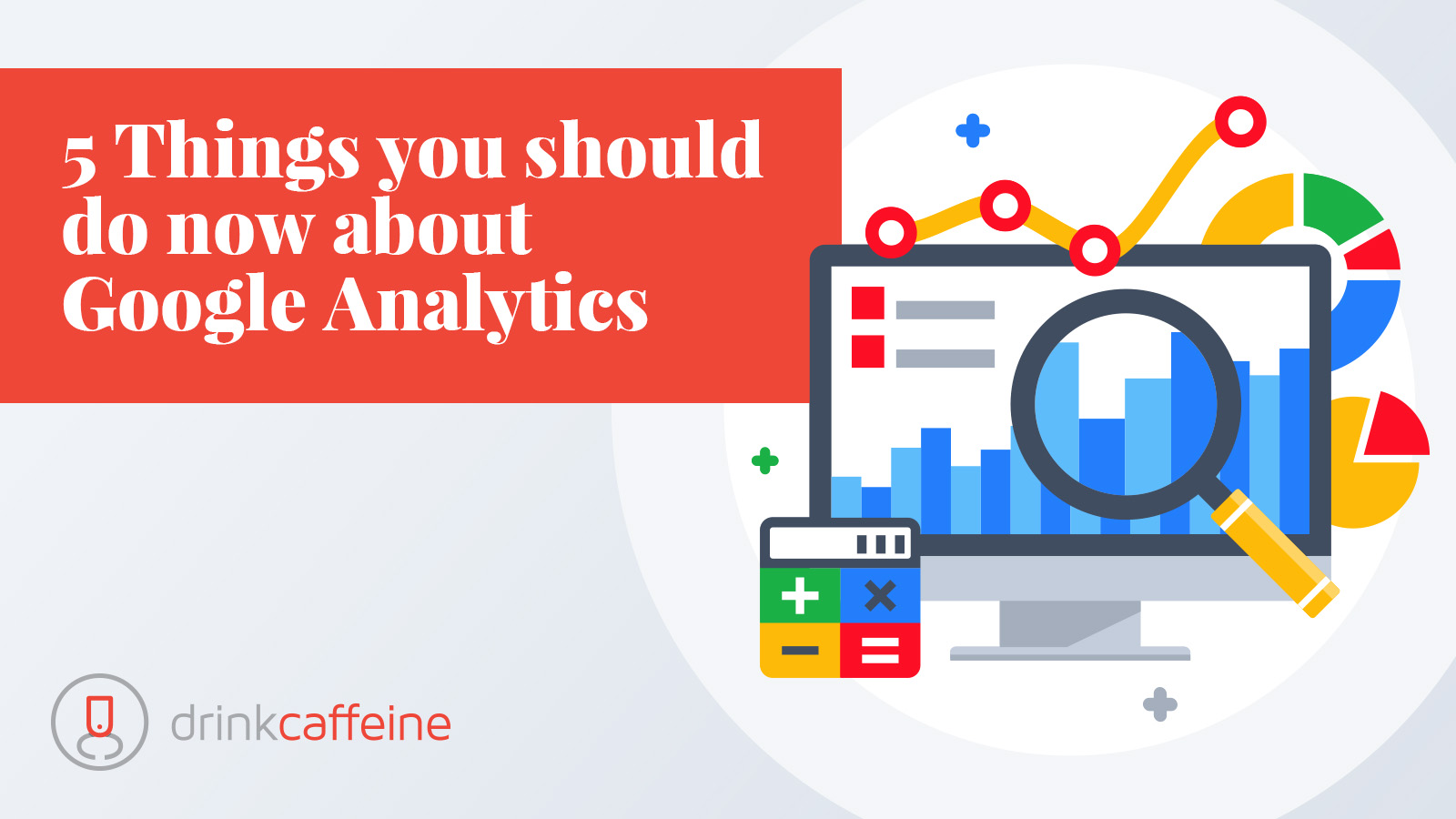Not to be alarmist, but the end is near
For those who have been living under a rock, Google will stop collecting information in Universal Analytics (UA – sometimes referred to as Google Analytics 3), as of July 1, 2023.
This is the version of Google Analytics that 99% of marketers use to collect data.
That’s why, unless you’re in the 1% who doesn’t give a mustard burp about UA, you need to migrate to Google Analytics 4 (GA4). As in now.
Here are some key steps you should take before the July 1st deadline.

5 Things To Do
1. Setup GA4 right away. Google will force you to setup a GA4 account before July 1st, but we recommend that you don’t wait until then. Set up a GA4 account to start tracking data now. The sooner you do, the sooner you’ll be able to analyze year-over-year data (and month-over-month data for July). This is an incredibly easy step to take.
2. Switch from Google Analytics tracking code on your website to Google Tag Manager. There are reasons for this that go beyond the upgrade to GA4. Google Tag Manager is a more flexible way of applying tracking tools to a website. Ask your web team if GTM is installed and driving the Google Analytics tracking. If you are going through the UA>GA4 effort anyway, this small extra step can help down the road.
3. Start configuring a tracking plan. Remember that the setup of GA4 was easy? This step is where things get more complicated. Unlike its worthy predecessor, GA4 does not come with many of the out-of-the-box reports that UA did. For example, campaign reports that gave insight into the marketing activities that generated the highest conversion rates are no longer available in the GA menu.
Instead, GA4 provides you with a blank canvas and plenty of exploratory tools to customize reports. Great, but you have to prepare those reports to take advantage of them AND ENSURE THAT YOU HAVE THE SITE TAGGED PROPERLY TO REPORT ON THE DATA (see #4 below for more on that).
Work with your analytics specialist to determine what data you want to report and start to build out the framework to ensure the reports are configured properly. Think through your marketing efforts when doing this. Consider not just what pages and conversions you want to track, but also what events (pdf downloads, link clicks, Add to Cart button) you want to track.
4. Ensure events are tagged properly. Without getting too technical, GA4 doesn’t look at pages and sessions the same way UA did. Instead, GA4 looks at and tracks events. Make sure the points you identified in your tracking plan are tracked and reporting accurately.
5. Ensure events are tagged properly. Without getting too technical, GA4 doesn’t look at pages and sessions the same way UA did. Instead, GA4 looks at and tracks events. Make sure the points you identified in your tracking plan are tracked and reporting accurately.

You have two main options if you want to look back at your past analytics
(and aren’t using GA 360 which is the paid version of Google Analytics):
One.
Go in and manually export report by report. Be selective and think it through: What reporting periods? How far back? Go report-by-report in UA and generate PDFs or CSVs.
Recommendation: Select monthly reports for the last two years AND yearly reports for the last 5+ years. Store these in a safe place.
Two.
Use the Google API and push data into Google Big Query (or another data warehouse). Google makes the first 5GB of data in Big Query free, so most will fall under that cap. Even so, as of this writing the cost of additional storage is $0.02 per month so it’s not going to break the bank. The advantage of this approach is you have a database of all the activity on your website. Who knows when the CEO might ask you to dig back into the archives.
Furthermore, marketers who really have their act together can push UA and GA4 data into the same Big Query repository and be able to analyze both sets of data from the same source.
Talk to your analytics specialist about the best way to migrate data to GA4.
There are many other considerations related to the “upgrade” to GA4, but what we’ve listed here are the ones that marketers should address right away.
If you want a free assessment of your current Google Analytics situation and transfer advice, click here to schedule a virtual chat (over coffee if that’s your drink).


